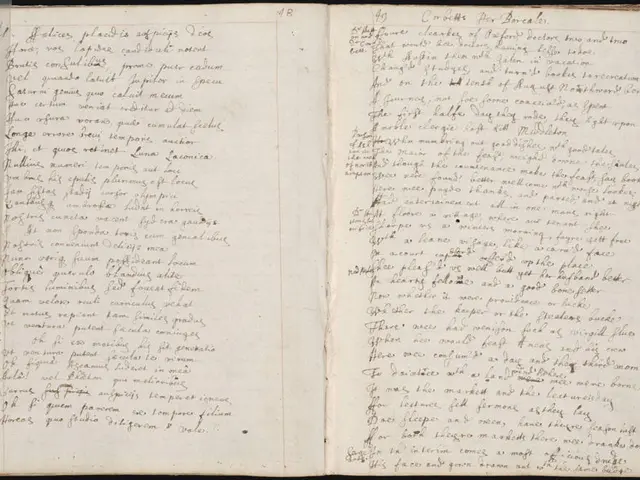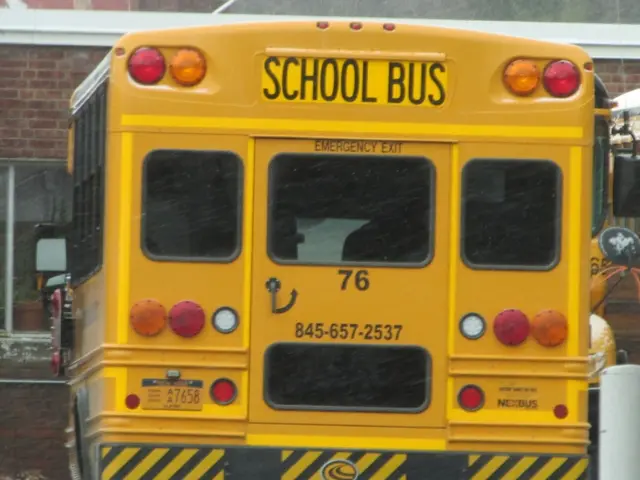Aid shipment of 10 tonnes sent by India to Somalia amidst ongoing humanitarian crisis
Somalia Faces Deepening Humanitarian Crisis Amidst Ongoing Conflict and Climate Shocks
Somalia is currently grappling with a severe humanitarian crisis, marked by a complex interplay of ongoing conflict, climate-induced drought intensified by La Niña, and worsening economic hardships.
The crisis, which has been escalating for years, has led to alarming food insecurity levels, widespread displacement, and the curtailment of critical aid due to funding shortages.
Conflict and Displacement
Persistent conflict and insecurity continue to cause displacement and disrupt livelihoods, primarily affecting southern and central Somalia. This ongoing violence exacerbates vulnerability among local populations.
Climate Shocks and La Niña
Recurrent droughts, influenced by La Niña conditions, have severely impacted water availability and agricultural productivity. This has worsened food insecurity and caused water shortages, making living conditions dire, particularly in rural and pastoralist communities.
Food Insecurity
Over one-third of the population—approximately 3.4 million people—are enduring crisis-level food insecurity or worse, with many reaching emergency levels. Due to worsening drought and high food prices, this figure is projected to rise to about 4.4 million people (nearly one-quarter of the population) by mid-2025, heightening the risk of famine-like conditions.
Economic Hardship
Economic decline and inflation have further restricted access to food and services. The private sector, which plays a critical role in food distribution, is under pressure from the overall unstable environment.
Humanitarian Response and Funding
Despite enormous needs, humanitarian funding has dropped sharply, forcing aid agencies to scale down their response by 72%. Consequently, fewer than half of the originally targeted people receive assistance. Essential services such as nutrition support, healthcare, and water supply are being cut back, placing thousands at risk.
Displacement
Conflict-driven displacement continues, with many internally relocated people moving to urban centers like Mogadishu, although returning or relocating elsewhere remains difficult due to insecurity and poor conditions.
Humanitarian Assistance
India has dispatched a consignment of 10 tonnes of humanitarian assistance to Somalia. The consignment includes essential medicines, surgical items, hospital essentials, and biomedical equipment. Organizations such as GREDO continue to provide multi-sector support, reaching about 160,000 people in Q2 2025, with programs in health, nutrition, water and sanitation (WASH), food security and livelihoods, governance, education, and protection.
The Future Outlook
By the end of 2025, 1.8 million children under the age of five are predicted to suffer from severe malnutrition. Six million people will require immediate, life-saving humanitarian aid and protection. Finding suitable housing remains challenging for many in Somalia.
Without increased support and improved security, the situation remains perilous for millions. The current La Niña conditions are projected to persist until at least mid-2025, exacerbating the ongoing crisis. Forced displacement is expected to occur on a comparable scale to 2024 due to conflict and extreme climate events in 2025.
- The ongoing conflict in Somalia and the climate-induced drought, intensified by La Niña, have led to significant food insecurity, causing worry among various news outlets.
- The United Nations' environmental science department expresses concern about the worsening water shortages in Somalia, which is a result of both conflict and recurrent droughts.
- The World Health Organization, in their medical-conditions section, highlights the alarming rise in the number of people suffering from severe malnutrition due to the deepening humanitarian crisis in Somalia.
- In the finance and economy section, analysts point out the shrinking humanitarian funding in Somalia, which has forced aid agencies to curtail their response and resulted in fewer services for those in need.
- The education-and-self-development sector recommends programs focusing on general-news literacy to help Somali citizens better understand and navigate the complexities of the humanitarian crisis they face.







